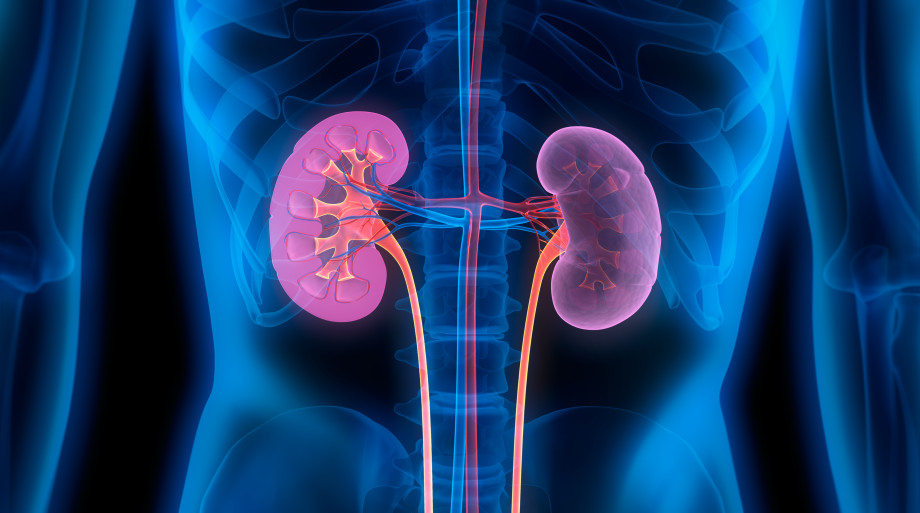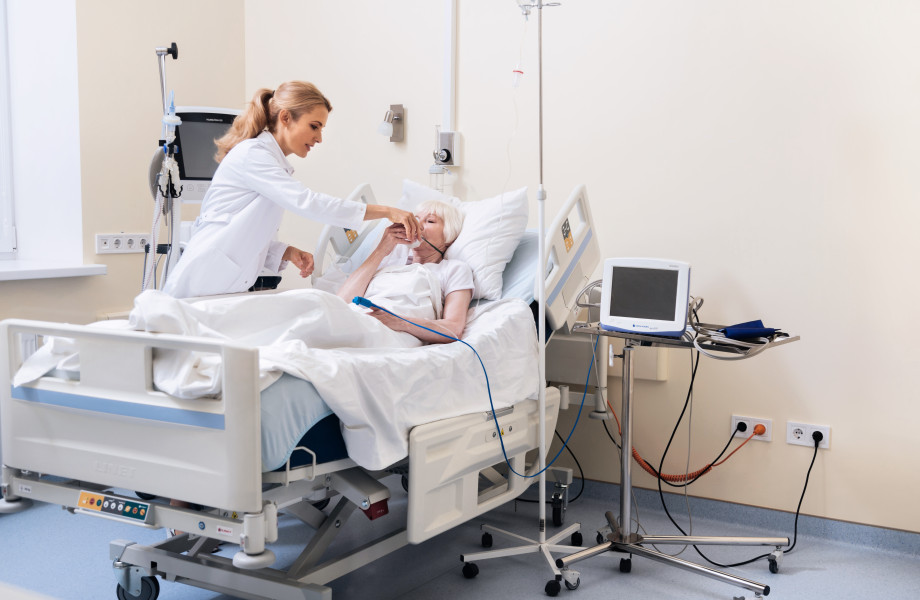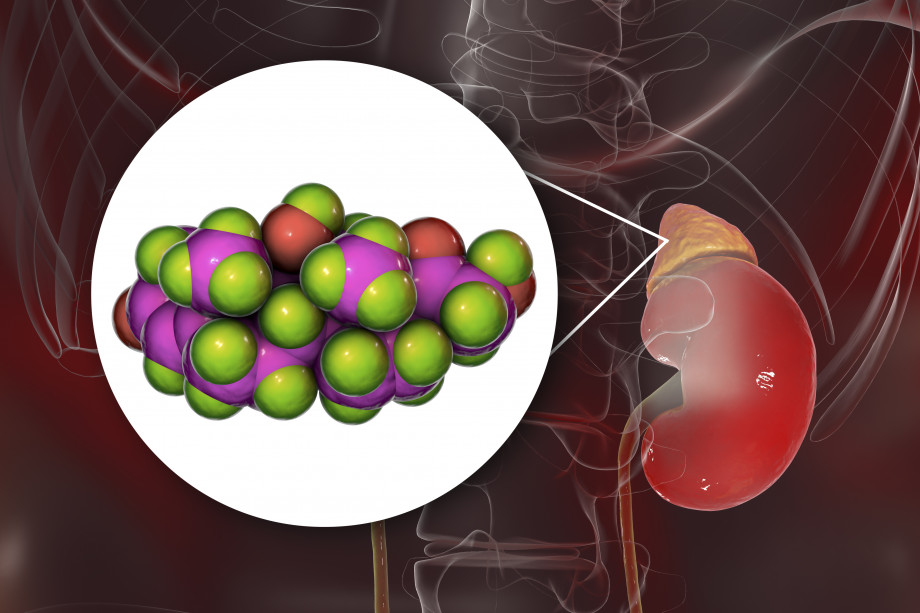Methods of kidney removal: open and laparoscopic nephrectomy
Nephrectomy is an operation to remove a kidney. Indications for it: cancer, developmental abnormalities, polycystic kidney disease, kidney disease with purulent complications, trauma. Nephrectomy is also performed to remove a healthy kidney from a donor for further transplantation. The rehabilitation period after kidney removal depends on the diagnosis and general health of the patient.
There are two types of nephrectomy: partial and radical. In a partial nephrectomy, only the affected or damaged part of the kidney is removed. A radical nephrectomy is the removal of the entire kidney along with the ureter, adrenal gland and fatty tissue surrounding the kidney. When both kidneys are removed at the same time, it is a bilateral nephrectomy. Removal of a healthy kidney from a donor for the purpose of transplantation is called donor nephrectomy.
How a nephrectomy is performed
Methods of kidney removal: open and laparoscopic. Any kidney removal surgery is performed under general anesthesia.
An open nephrectomy is performed using different approaches:
- paramedian;
- thoracoabdominal;
- median laparotomy;
- lumbar;
- subcostal.
When resecting an organ with a scalpel, the surgeon applies clamps to the vessels to prevent bleeding. The use of a laser reduces blood loss during surgery. The consequences of laser kidney removal are that the vessels are cauterized and the risk of bleeding is minimized. This is especially important in case of partial kidney resection.
How long does the operation to remove a kidney by puncture last? A little longer than a traditional nephrectomy. However, with this technique, the risk of postoperative complications is reduced, patients experience less pain after kidney removal, recover faster, and the hospital stay is reduced. Laparoscopic nephrectomy is a form of minimally invasive surgery. Four small incisions (punctures) are made in certain places. The doctor examines the kidney and surrounding tissues using a flexible video scope and performs the necessary manipulations with special surgical instruments. To improve the visualization of the organ, carbon dioxide is pumped into the abdominal cavity. As soon as the kidney is isolated, it is fixed and removed through the fifth incision (7-8 cm) in the front of the abdominal wall below the navel.
The cost of a laparoscopic nephrectomy depends on the extent of the surgical intervention and the surgical technique. For example, a modified surgical technique called laparoscopic nephrectomy with manual assisting is used to remove the kidney. An additional incision of 8-12 cm allows the doctor to place his hand in a special surgical glove into the abdominal cavity. This technique allows the surgeon to feel the organ and surrounding tissues, as well as manually remove the kidney through the same incision.
Recovery after nephrectomy
Immediately after surgery, doctors must monitor blood pressure and physiological functions of the body. The patient is prescribed antibacterial therapy and painkillers. Breathing exercises are recommended to prevent pneumonia.
Recovery after nephrectomy begins in the hospital, where the patient spends 7-10 days. After discharge, physical activity should be avoided for another six weeks. Most patients recover quickly after surgery. In 2-4 weeks after laparoscopic nephrectomy and in six weeks after open surgery, it is usually allowed to go to work. More detailed recommendations on the regimen can be obtained from your doctor before discharge.
Patients are interested in the prognosis after kidney removal for a cancerous tumor with metastases. It depends on the patient's age, concomitant diseases, and the stage at which the cancer was detected. Disability is not established after kidney removal if the second kidney is able to cope with its function and there is no diagnosis of chronic renal failure. Read more about the procedure for establishing disability on our website https://dobrobut.com.
Possible complications:
- infection of the wound;
- bleeding requiring a blood transfusion;
- postoperative pneumonia;
- damage to surrounding tissues;
- allergic reaction to anesthesia;
- risk of renal failure in patients with reduced function or disease of the remaining kidney.
Diet after surgery
If the postoperative period is favorable, the first meal is allowed the next day. Chicken or meat broth, cottage cheese, yogurt are given to the patient in small portions. Gradually, cereals, vegetable soups, boiled meat or fish, and juices are added.
A diet after nephrectomy should exclude smoked meats, salty foods, and beer. It is necessary to follow a diet after kidney removal until the body is fully adapted. With the normal functioning of the second kidney and in the absence of other contraindications, they gradually switch to a normal diet.
Related services:
Urologist consultation
Urological check-up








